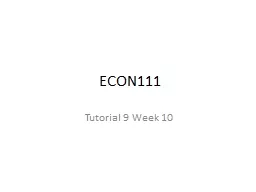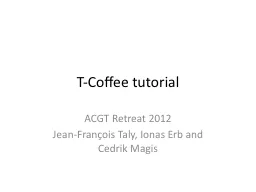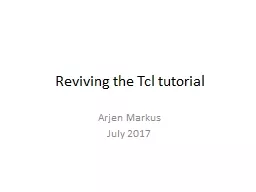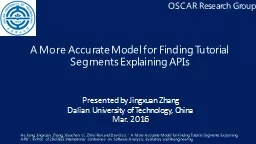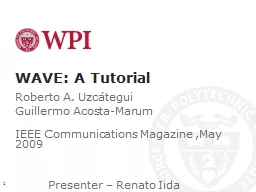PPT-ECON111 Tutorial 9 Week 10
Author : terrificycre | Published Date : 2020-09-29
Question 1a Two firms have exactly the same MC curve but their AFC is not the same Will their AVC cost curve be the same or different Their AVC cost will be the
Presentation Embed Code
Download Presentation
Download Presentation The PPT/PDF document "ECON111 Tutorial 9 Week 10" is the property of its rightful owner. Permission is granted to download and print the materials on this website for personal, non-commercial use only, and to display it on your personal computer provided you do not modify the materials and that you retain all copyright notices contained in the materials. By downloading content from our website, you accept the terms of this agreement.
ECON111 Tutorial 9 Week 10: Transcript
Download Rules Of Document
"ECON111 Tutorial 9 Week 10"The content belongs to its owner. You may download and print it for personal use, without modification, and keep all copyright notices. By downloading, you agree to these terms.
Related Documents

